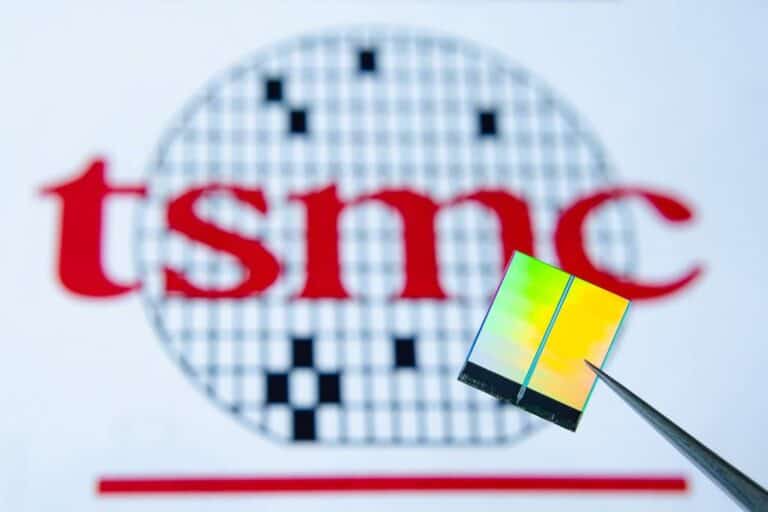The global foundry market reached a record high in the second quarter of 2025. According to research firm TrendForce, revenue grew by 14.6 percent compared to the previous quarter to $41.7 billion.
The increase is largely due to the Chinese consumer subsidy program, which stimulated early stockpiling, combined with the expected launches of new smartphones, PCs, notebooks, and servers in the second half of the year. Higher demand led to a clear improvement in both capacity and wafer deliveries at the ten largest foundries.
Looking ahead to the third quarter, TrendForce expects seasonal product launches to provide additional order momentum. Advanced manufacturing processes are benefiting from strong demand for flagship chips, while more mature nodes are supported by orders for peripheral devices and peripheral ICs. As a result, capacity utilization will continue to rise and revenue growth will continue, albeit at a more moderate pace.
Greater market share for TSMC
TSMC once again delivered an impressive performance. The company benefited from the production cycle of major smartphone brands and strong shipments of AI GPUs, PCs, and notebooks. This resulted in revenue growth of 18.5 percent to $30.24 billion. Its market share rose by 2.6 percentage points to 70.2 percent, further strengthening TSMC’s dominant position. Samsung Foundry followed at a considerable distance but with solid results. Thanks to demand from the smartphone market and the production of the Nintendo Switch 2, revenue rose by 9.2 percent to $3.16 billion, representing a market share of 7.3 percent.
SMIC managed to maintain its third position, despite problems in its advanced production lines. Delivery delays and lower sales prices pushed revenue down by 1.7 percent to $2.21 billion, representing a market share of 5.1 percent. UMC performed better, with growth of 8.2 percent to $1.9 billion, giving it a 4.4 percent share of the market. GlobalFoundries also made progress, with sales of $1.69 billion and a 3.9 percent share.
Smaller foundries also made progress. The HuaHong group saw its revenue increase by approximately 5 percent to $1.06 billion, Vanguard and Tower recorded modest increases of around 4 percent, while Nexchip and PSMC also grew slightly thanks to subsidies and new IC orders.
